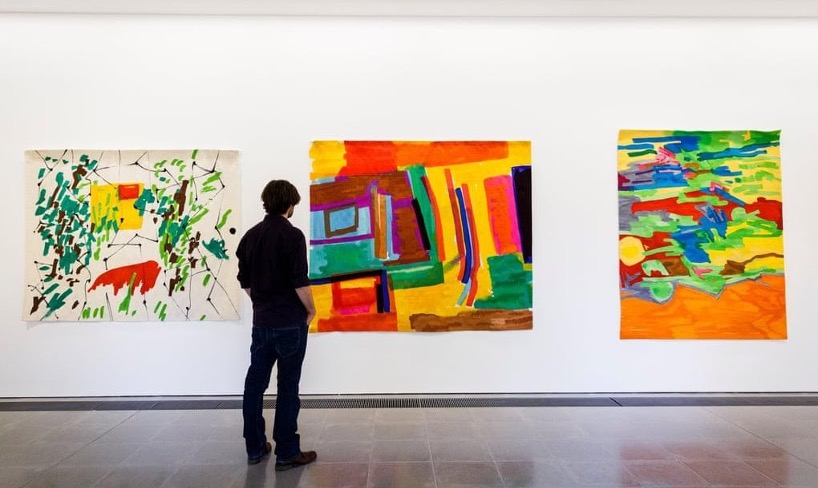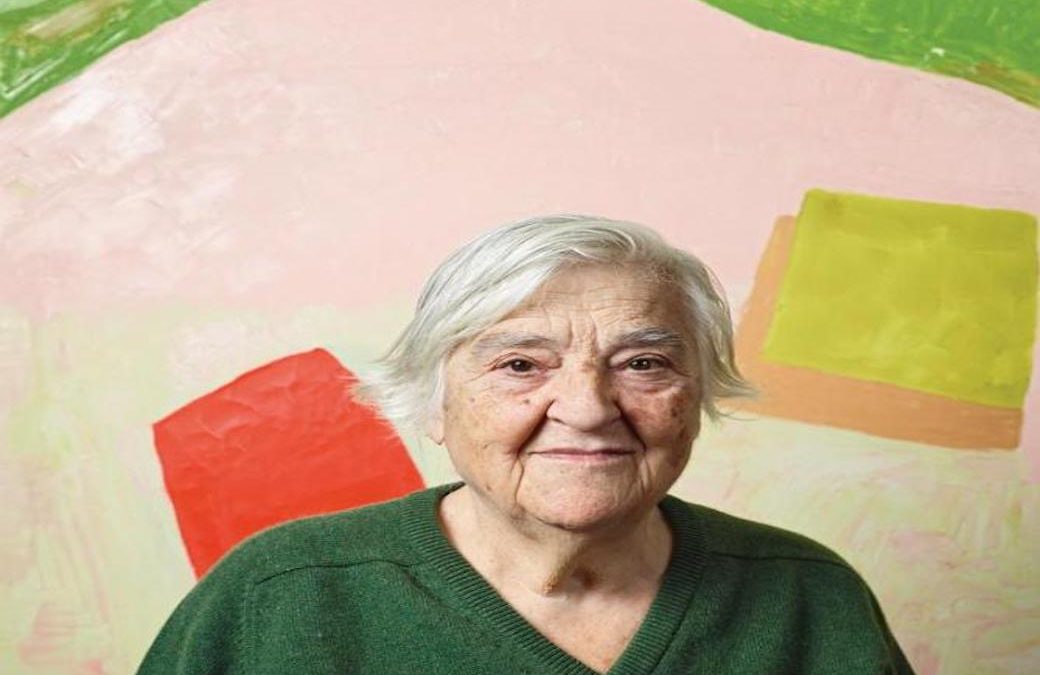By Yasmine Nassar | Staff Writer
Many soldiers become martyrs on the battlefield defending their country; but our very own soldier, Etel Adnan, had fallen after a life of fighting for the oppressed through her art. Etel Adnan was an artist with multiple talents, some of which were poetry, painting, and writing, who had only started getting international recognition for her work in her late 80s. After her recent sorrowful death on the 14th of November, in honor of her memorable work, it’s worth taking a look at some of her art pieces as well as her artistic journey.
Learning about an artist’s backstory tells you plenty about their work and how it empathizes with their surroundings. Born in 1925 and raised in Lebanon by a Syrian-born father and Greek mother, Adnan completed her higher education at the University of Paris via scholarship, then received her graduate degrees from the University of California, Berkeley, and Harvard University. She proceeded to teach Philosophy at universities in the United States of America, where the head of the department encouraged her to start drawing. According to what Etel Adnan had told The Paris Review, she was given crayons and papers and so she proceeded to draw a few things that eventually impressed the head of the department. She was told that she didn’t need any training and that she was gifted; that’s when she knew her journey has begun. After her time in the US, Adnan returned to Lebanon and started working as a journalist and a cultural editor in Al-Safa Newspaper. She portrayed her love for art as she contributed to building the cultural section in which she drew cartoons and illustrations.
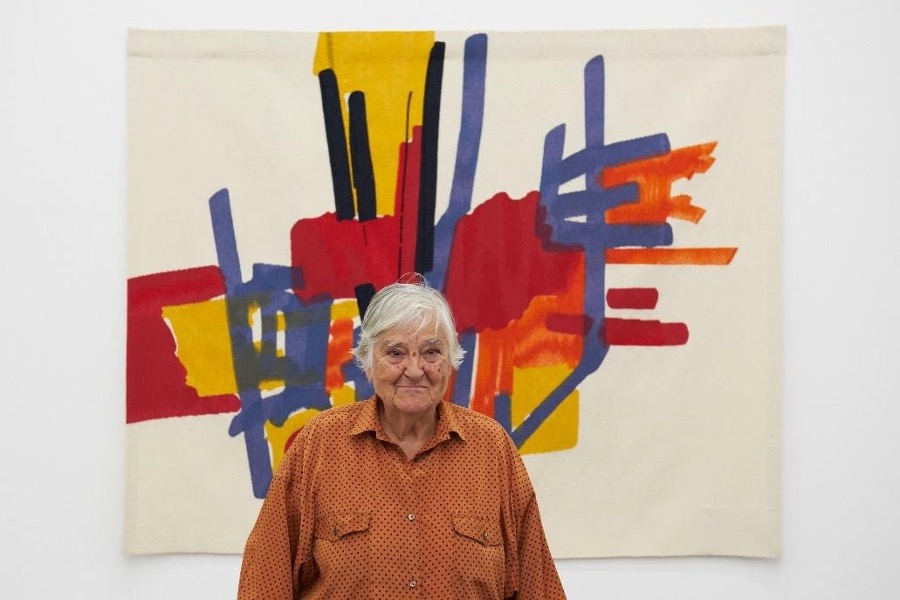
Due to her solidarity with the Algerian War of Independence, Adnan shifted her focus from writing in French to expressing her creativity in visual art. One source of inspiration for her paintings was Mount Tamalpais, northwest of San Francisco. In the late 1970s, Adnan returned to California where, through one of her window views, she could perceive the mountain.
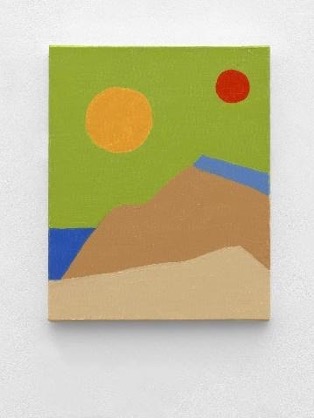
Upon a review of the artist’s work at Callicoon Fine Arts gallery on the Lower East Side of Manhattan in 2014, Karen Rosenberg had interpreted that Mount Tamalpais gives Adnan a sense of reassurance after she immigrated from her home country. It’s understandable how such a peaceful view would give an artist like Adnan the drive to paint multiple pieces inspired by it.
She gave herself the title “Californian artist”, as she thought the brightness of her vibrant color palette poetically resembles that of the mountains, ocean, and the sky of the Californian landscape.
For her paintings of the mountain and others similar to it, Etel Adnan used a palette knife instead of a brush to enrich her drawings with colors and geometric qualities. Another artistic method she had incorporated into her work was Arabic calligraphy, which was incredibly influenced by early hurufiyya artists – those who chose to embrace a novel art style that combined both modern and traditional culture, media, and techniques. In honor of her astounding work, her paintings were exhibited as a part of the Whitney Biennial at the Whitney Museum of American Art in 2014 and in “Making Space: Women Artists and Postwar Abstraction,” a group exhibition organized by MoMA, which united significant artists, in 2017. Moreover, in 2018, an exhibit under the title “A yellow sun A green sun a yellow sun A red sun a blue sun” hosted by MASS MoCA; aimed to explore how the sensations of reading poetry and looking at paintings differ by portraying a few of her oil and ink paintings and her written works.
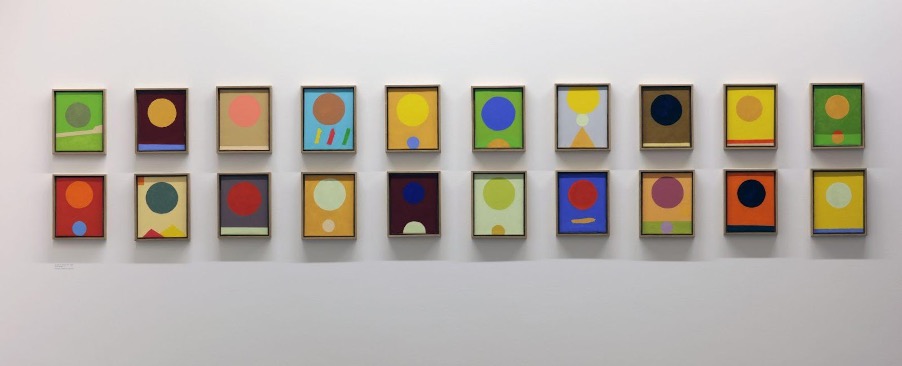
Besides being a naturally gifted artist, Adnan was a universal literary figure, who produced poems and novels in three languages: Arabic, English, and French. One of her most admired novels, “Sitt Marie Rose” written in the year 1978, is based on a kidnapping that occurred during the Lebanese civil war from the eye of the victims of the brutal political conflict. This novel had become so popular and deemed educational that it was translated to several languages and taught in American classrooms as a “classic of war literature”; it also won her the “France-Pays Arabes” award. Her poetry had brought her recognition and several award-wins as well. It was not surprising that one of many awards she’d received was for her poetry collection “Sea and Fog”; it won the California Book Award for Poetry in 2013. Moreover, the majority of her writings were about political discord and violence, such as: “Of Cities and Women (Letters to Fawwaz)” from 1993, and her books on the Middle East, like “The Arab Apocalypse,” a poetry collection from 1980. Similarly, her last poem “Shifting the Silence,” published in 2020, was about her experience with aging and recognition of her near-death. Etel Adnan’s poetry ignites controversy and a daring feel, which makes it intriguing to delve into.
The prose and poetry she wrote were famously mournful, given the nature of the Lebanese history portrayed; thus, they don’t seem to be relatable to the joyous artistic pieces she produced later on. However, she says they’re in fact complementary. For Etel Adnan, art and literature were an outlet for her to let those emotions and thoughts seep through the flow of a brush or the ink of a pen. It was a form of expression and communication, “Words are social. I think it’s more natural if an event bothers you to express it in words. Art also is a kind of language – but it’s a language of feeling. When I paint, I am happy.”
It’s common knowledge that achieving success as an artist in the Middle East isn’t a simple task, but reading about Etel Adnan and all her achievements gives me and fellow art-lovers a shred of hope. She’s a role model for the Arab female representation to those who have dreams and strive to fulfill them. Amidst her death, the words and beautifully drawn images she left will forever be engraved in our hearts.
